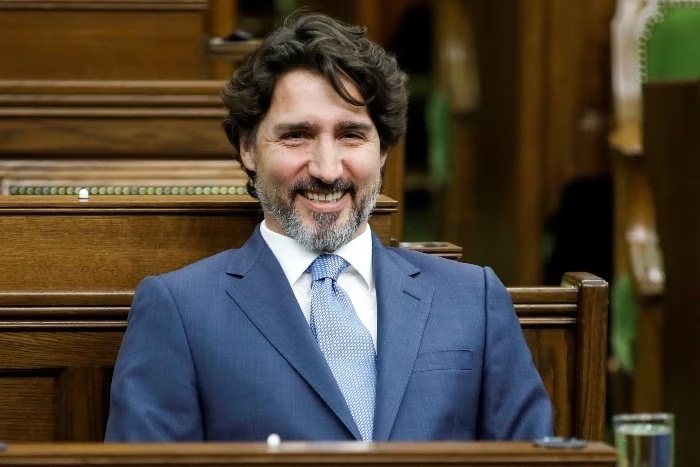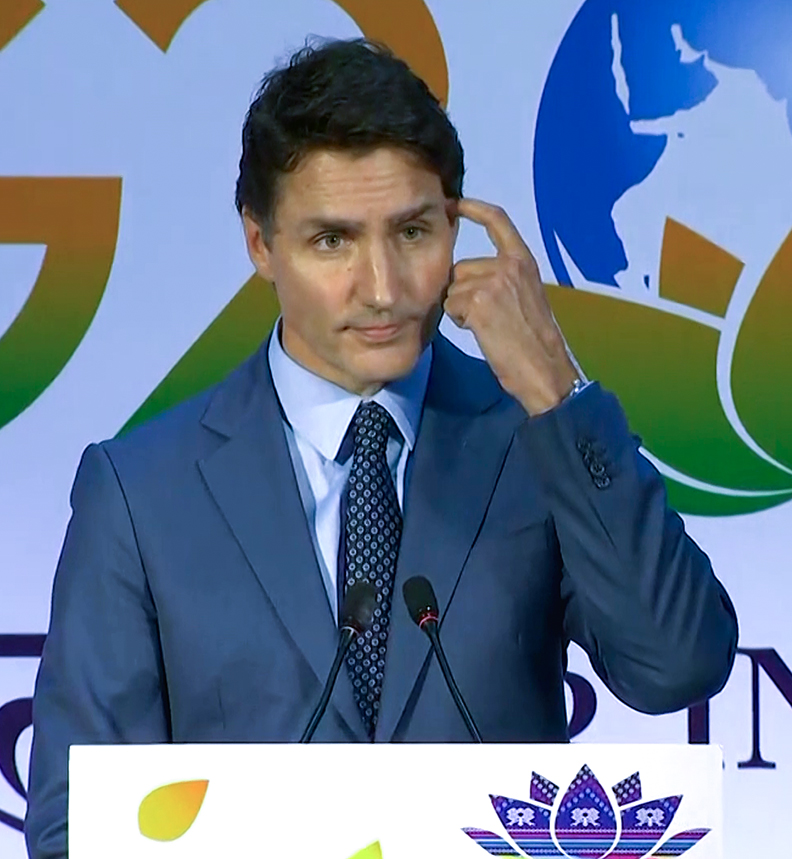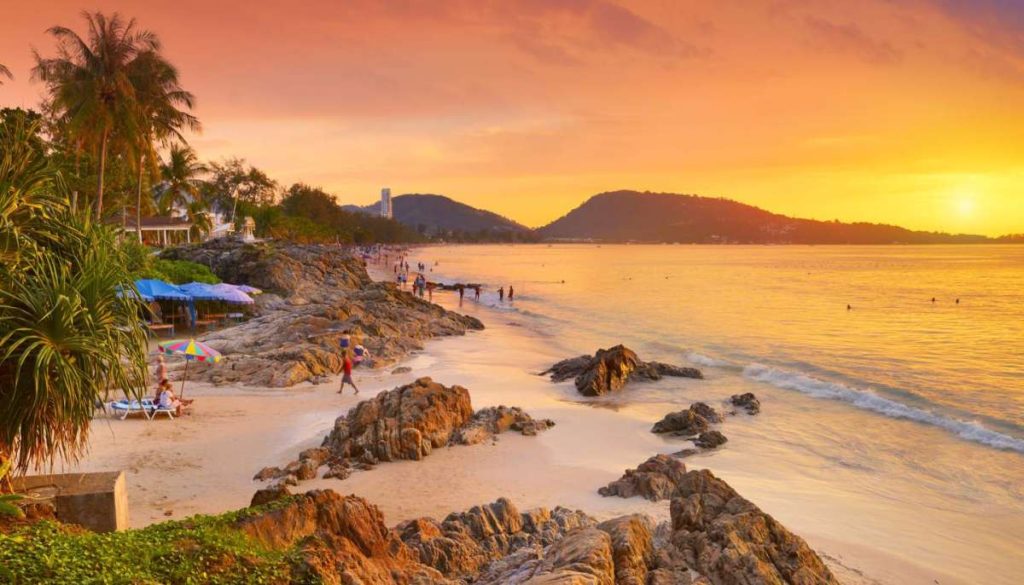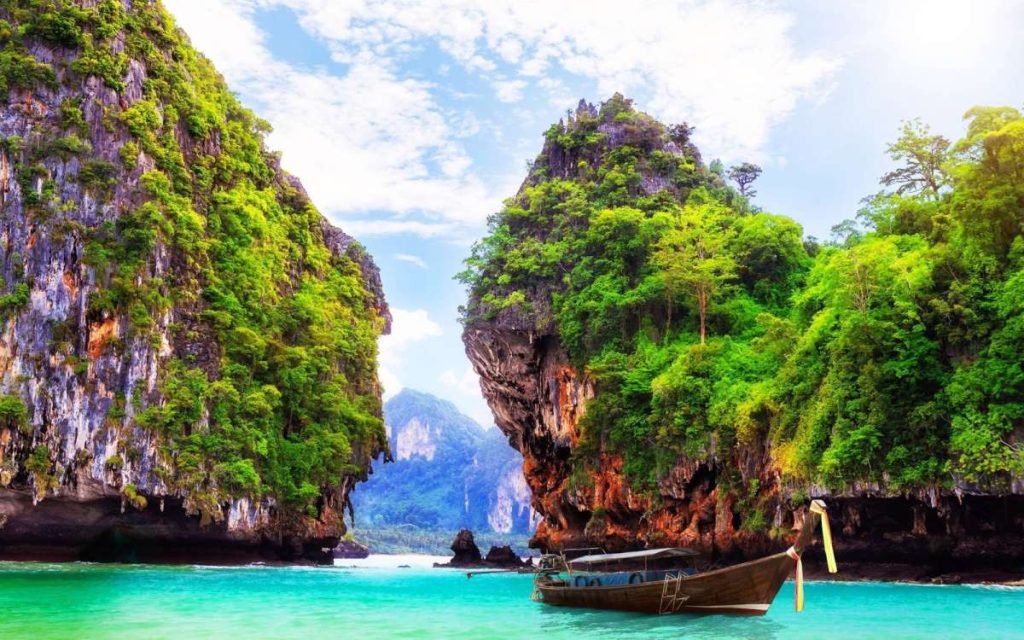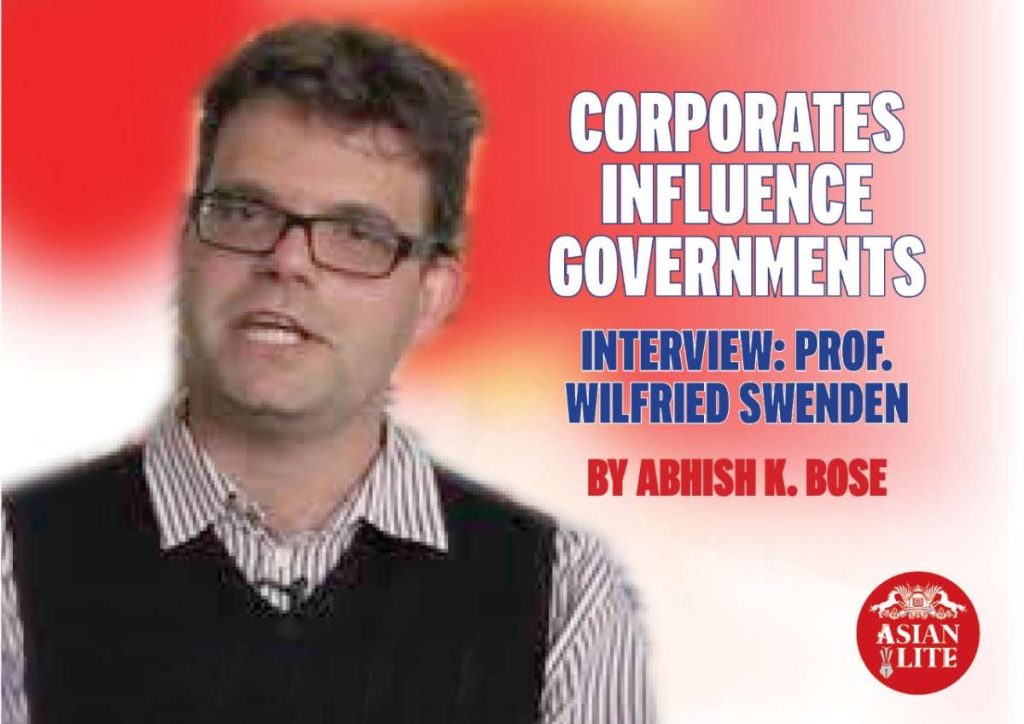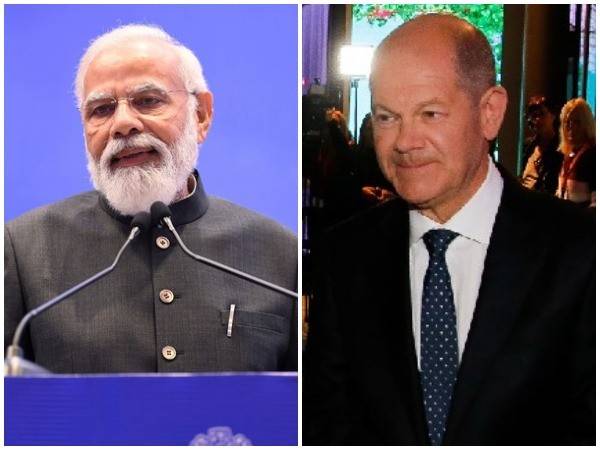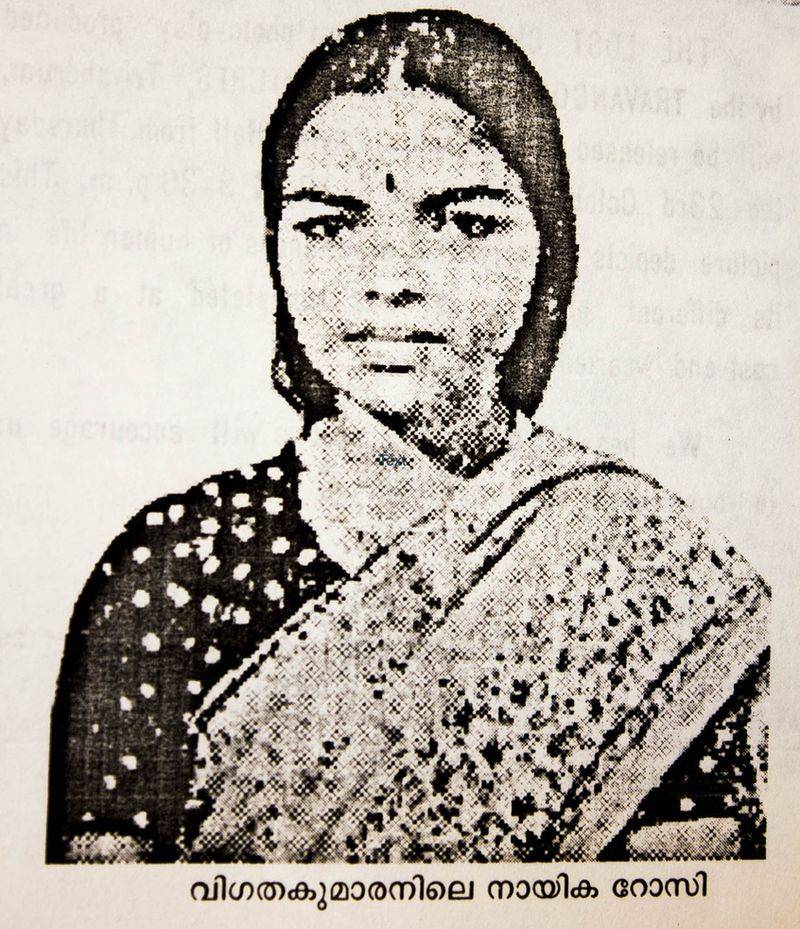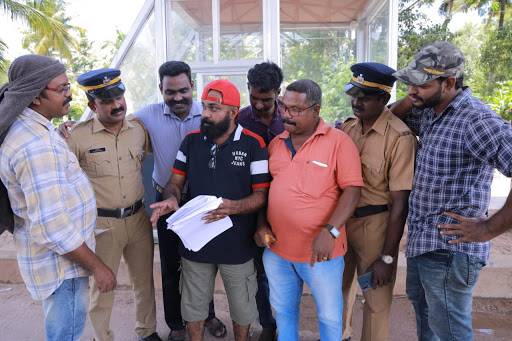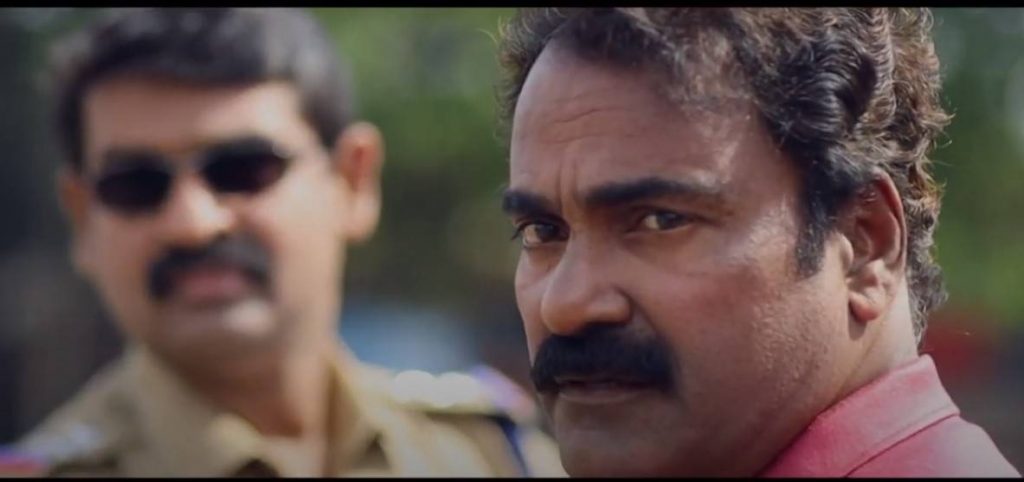The Labour party’s position on the Israel-Hamas war appears to have dented its support in Muslim areas in England’s local elections. Despite the fact that Labour has traditionally been far more popular with Muslim voters than any other major party, the party has suffered heavy losses in wards with a large number of Muslim voters … writes Dr Sakariya Kareem
As many as 3.9 million Muslims in the UK are likely to vote in the upcoming general election, making the Muslim vote key for all political parties. And party positioning on Gaza is going to have a serious electoral consequence.
Political parties in the UK are responding to the demographic landscape, by focusing on a growing population of immigrant origin voters from Muslim countries.
If the council elections, held across England on May 2 are to be considered a sampling of public opinion before the July 4 general elections, then the war in Gaza appears to be the big issue affecting polling patterns.
The Labour party’s position on the Israel-Hamas war appears to have dented its support in Muslim areas in England’s local elections. Despite the fact that Labour has traditionally been far more popular with Muslim voters than any other major party, the party has suffered heavy losses in wards with a large number of Muslim voters, in a sign its stance on the Israel-Gaza war is affecting its vote in those areas. Its initial stance after the war began, in which it called for humanitarian pauses in the fighting, prompted Labour resignations in councils and from its frontbench last year.

For instance, Worthing Councillor and Momentum co-chair Hilary Schan resigned from Labour in order to support pro-Palestinian candidates from other parties – and she has joined journalist Owen Jones’s We Deserve Better campaign. In Blackburn with Darwen, Labour lost council seats to independent candidates who quit the party over the leadership’s Gaza stance.
In the West Midlands mayoral race, independent candidate Akhmed Yakoob, who campaigned over ‘Gaza,’ won over 69,000 votes. The Greens, who called for an “immediate ceasefire” just over a week after the war began, have increased their share of the vote from 2021.
As a result, Labour’s stance on the conflict in Gaza has shifted since. Since February, the party has been calling for an immediate ceasefire in the region and the release of all hostages. And already Sir Keir Starmer is beginning to edge away from the strong support for Israel which he expressed immediately after Hamas massacred 1,200 Israelis on 7 October.
Taking a pro-Palestine anti-Israel stance would be a mistake, both politically and morally. Because while there is much to criticise in the policies of Netanyahu’s policies, the nature of Islamist opposition to Israel is unappeasable.
There is a weird and dangerous alliance between punitive Muslim extremists who believe women are inferior, homosexuals should be killed etc and the usually white hard-left Corbynites whose social agenda is completely different but share Islamist hatred of Israel and the West.
In fact, aside from Gaza, Kashmir too has become a prominent issue in the UK elections. George Galloway of the Workers Party who won the local elections had made both Gaza and Kashmir primary issues during campaigning in Oldham which has a large concentration of Pakistani/ Kashmiri community voters.
Islamist rhetoric finds place in Britain’s political debates. In December 2023, Scottish National Party leader and MP Alison Thewliss brought up the Kashmir issue in the British Parliament. Specifically, Thewliss queried the British government’s stance on the Supreme Court of India’s decision to uphold the President’s authority to revoke Article 370 of the Indian Constitution.
In the run up to the July 4, 2024 general elections, leaders of British Kashmiri groups have started lobbying among candidates of different political parties on the Kashmir issue. Appeals are being made to the Pakistani and Kashmiri community to play their role for the success of those candidates in their constituencies who not only promise resolution of the Kashmir issue as per wishes of the Kashmiris and condemn alleged human rights violations by Indian forces in Kashmir.

While generally true that parties of the Left nominate support Muslims than do parties of the Right, all political parties seem attuned to the need to appease the large Muslim vote bank in the UK. Attention to Islam and anti-Semitism in the main United Kingdom (UK) political parties has increased substantially in recent years. Integration of British Muslims has been a challenge to British people and Muslim organisations, including the Muslim Council of Britain, ENGAGE, the Muslim Public Affairs Committee, the You elect initiative, and Operation Black Vote, strategically positioned their support to political parties based on their support for perceived Muslim issues be it Gaza or Kashmir.
The Scottish National Party has connections to Islamist groups. In March 2023, the SNP elected Humza Yousaf as its new leader and Scottish First Minister. His election marked a significant moment as he became the first Muslim to lead a major UK political party. The Scottish National Party (SNP) has increasingly adopted a strongly one-sided anti-Israel position amid the ongoing Israel-Gaza conflict.
Muslim activists in Britain seem obsessed with Israel-Gaza. It is the subject of the angry weekly marches in London to protest against Israel since the Hamas-led October 7 onslaught on Israel that sparked the ongoing war in Gaza. On Feb. 21, large crowds of pro-Palestinian demonstrators reached the gates of Westminster. According to various media reports, British lawmakers advocating a pro-Israel stance amid the Israel-Palestine conflict have been subject to numerous threats. And yet the Conservative government has failed to counter London’s weekly anti-Israel marches and to enforce the law. An article titled “Are ‘Islamists in Charge of Britain’?” published in The Free Press highlights the increasingly aggressive and anti-semitic nature of pro-Palestine protests in the UK, where demonstrators are calling for the dissolution of the state of Israel.
Immigration has fundamentally altered the ethnic and religious makeup of most advanced democracies, but in the UK it has substantially altered the manner of political representation. Britain’s indulgence and appeasement of Islamic groups sets a dangerous precedent.
Sir Winston Churchill once noted, “An appeaser is one who feeds a crocodile, hoping that it will eat him last.”
For its future, Britain needs a new generation of leaders who are untainted by association with, or sympathy for, Islamic extremism and who are proud of their British identity. They must be willing to condemn terrorism unequivocally and help root out extremists from Muslim communities.
______________________________________________________




